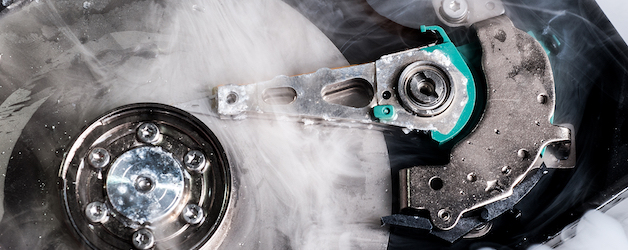
Do you have a disaster recovery plan in place for your office?
If the answer is yes, how old is it?
Just a few years ago, we operated our businesses in entirely different ways. Standalone software has migrated to cloud-based platforms. Our dependency on in-house technology is quickly disappearing.
Almost everything we use is online. But if the disaster recovery plan you created doesn’t take these changes into account, a disruption could leave you without your data. Or worse, without a business.
Businesses today are spending around 34 percent of their annual IT budgets on hosting and cloud services. Every year, this number will continue to rise as we increase our reliance on external sources for infrastructure, application, and management services.
Our connectivity as at an all-time high, rising with every new strategy and application we take on. But if the unthinkable happens and we’re not prepared for it, a company might not survive. According to FEMA, 40 percent of small businesses never reopen their doors.
Having a disaster recovery plan in place is mandatory. Upgrading and reevaluating your disaster recovery plan on a regular basis is equally compulsory. Whether it’s a short-term technical mishap like a power outage or a disaster like a flood or fire, knowing your direction in the days and weeks that follow will ensure the success of your business.
Disaster recovery planning is all about thinking up the worst case scenarios and creating a plan that counters each of those actions. Whether it’s a major natural disaster like an earthquake or a hurricane, or a smaller isolated even, there are three ways you can fail:
- Ignore your weaknesses and have no plan in place
- Rely on one single point of entry without a backup plan
- Fail to test the plan for internal weaknesses
Worst case scenario always boils to finding the weakest point and exploiting it in whatever way possible. If you don’t know what that is, you can’t establish the right policies to put in place to ensure it never happens.
Want to see how your current plan operates? Run a “fire drill” to find out how your team performs. Where does productivity falter? Where do systems simply shut down? You may be surprised at how quickly things fall apart, or even where the weakest points actually lie.


